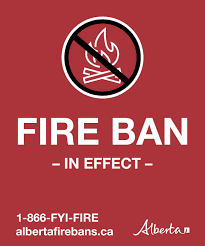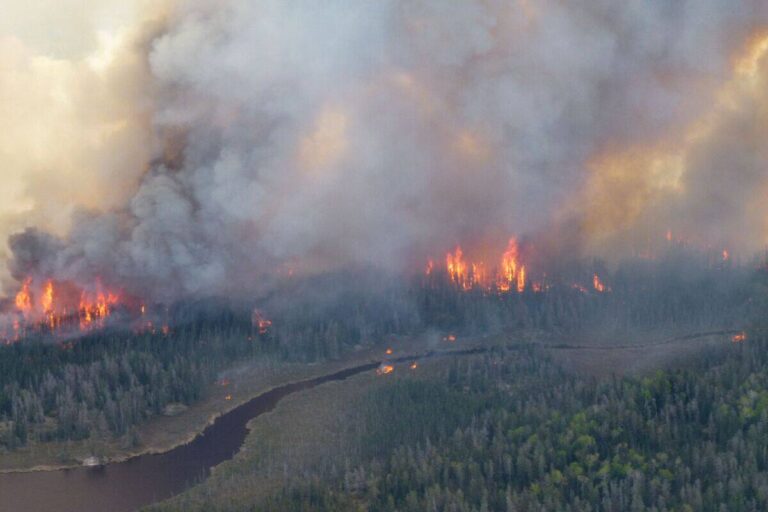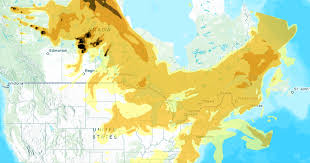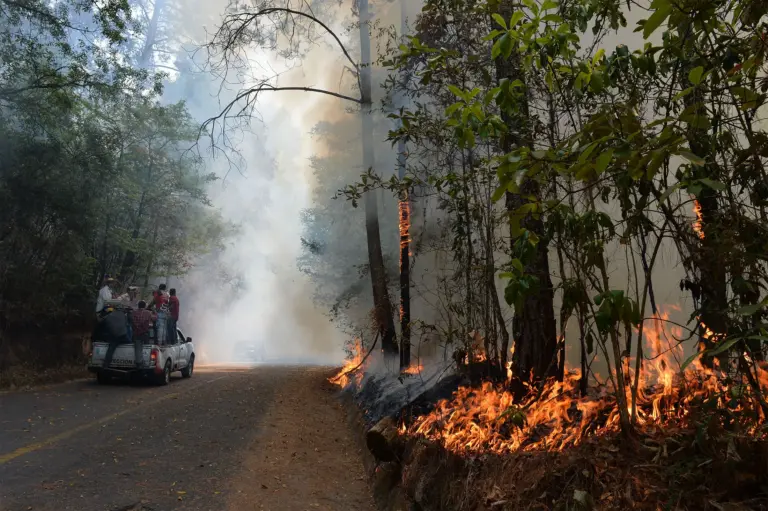
Introduction
As the summer months continue to heat up and dry out the province, the topic of fire bans in Alberta has become increasingly relevant. With rising temperatures and limited rainfall, fire risks escalate, prompting authorities to issue fire bans to protect both wildlife and communities. Alberta has several regions that are particularly susceptible to wildfires, making the understanding of these bans crucial for residents and visitors alike.
Current Fire Ban Status
As of April 2023, Alberta has implemented widespread fire bans across various regions, including central and northern parts of the province. These fire bans prohibit open burning activities, including campfires, fireworks, and the use of certain recreational burning appliances. The Alberta Government and local municipalities are closely monitoring fire conditions to respond quickly to evolving fire risks. According to the Alberta Wildfire Status Update, as of the latest report, the fire danger rating ranges from moderate to extreme across the province, with specific areas facing heightened vigilance.
Reasons for the Fire Ban
The decision to implement a fire ban stems primarily from environmental factors. Alberta’s dry conditions, exacerbated by higher-than-normal temperatures and minimal precipitation, create an optimal environment for fire ignition and spread. According to Environment and Climate Change Canada, the province has experienced a significant drop in rainfall this April, leading to dry vegetation and increased susceptibility to wildfires. Past incidents highlight the severe impact of wildfires on both ecosystems and human communities, underscoring the need for preventative measures.
Impact on Residents and Visitors
The fire bans have several implications for both residents and tourists. Camping and outdoor activities that involve fire have been significantly curtailed, which can affect local businesses that rely on tourism, particularly in camping and outdoor recreation areas. Residents are strongly advised to adhere to the regulations, including the fines for violations that can range from $100 to $1,500. Visitors are also encouraged to check in with local municipalities and official government websites for updated information regarding specific bans and restrictions.
Conclusion
The ongoing fire ban in Alberta serves as a crucial reminder of the importance of fire safety and environmental stewardship. With the increased likelihood of wildfires, adherence to fire bans not only protects local communities but also preserves Alberta’s natural landscapes. As we move through the hotter months, it will be important for all residents and visitors to stay informed about fire conditions and to act responsibly to mitigate risks. Communities are urged to prepare for potential fire restrictions and to be vigilant in following the guidelines set by local authorities to ensure safety in these critical times.






